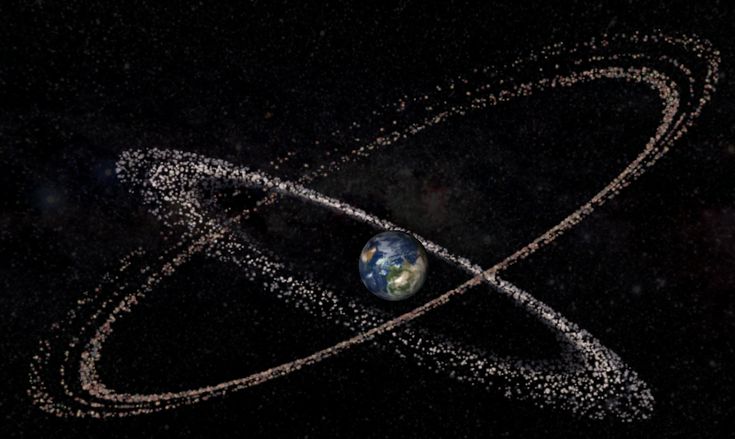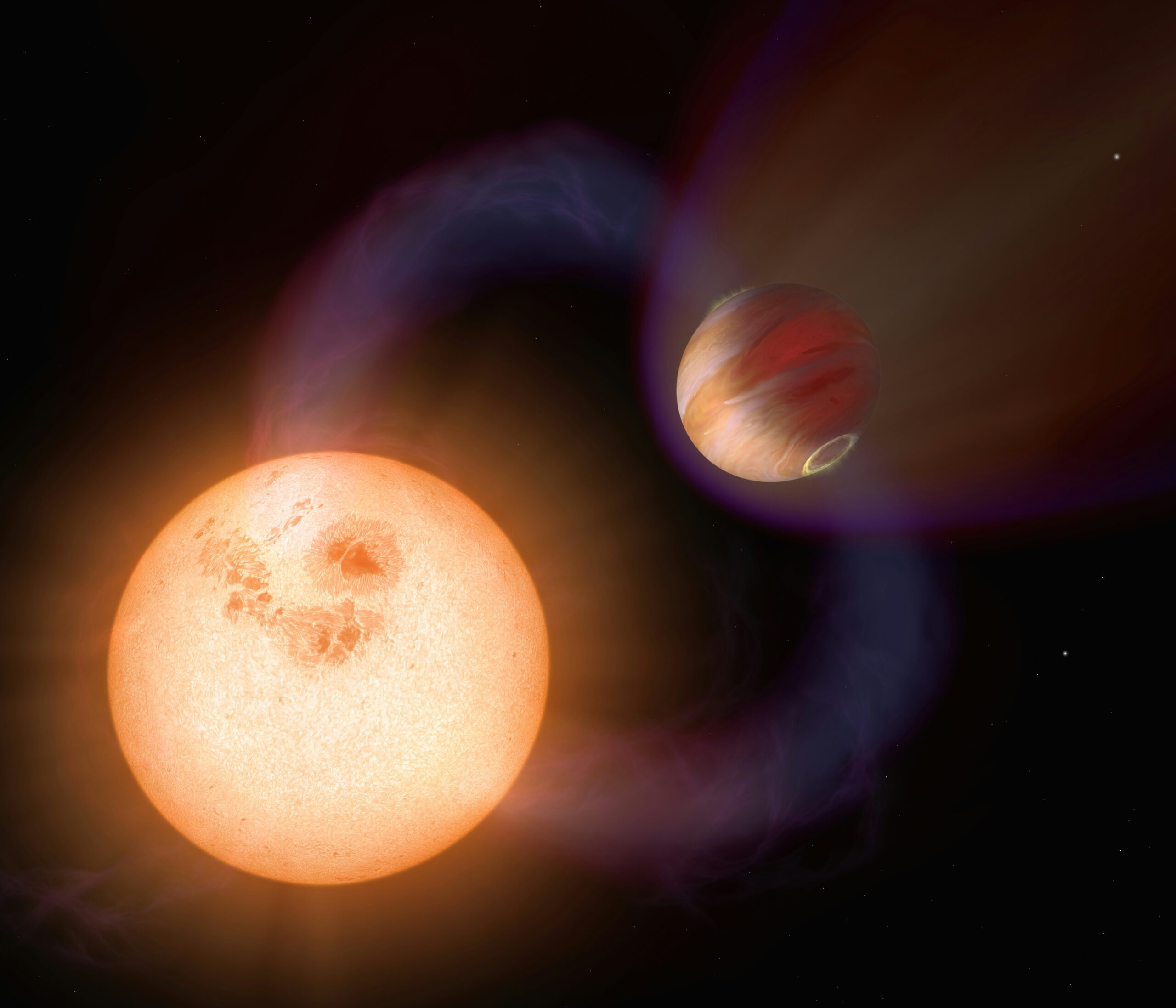The discovery of an Exoplanet In A Ring Gap orbiting a young, Sun-like star has sent waves of excitement through the astronomical community. For decades, scientists have theorized that planets carve gaps in the circumstellar discs that surround young stars. These discs, made of dust and gas, are the birthplaces of planetary systems. Until now, however, evidence was largely indirect.
With two groundbreaking studies published in the Astrophysical Journal Letters, astronomers now have direct observational proof: a forming planet actively shaping the ring gap in its stellar nursery. This discovery not only validates long-standing theories but also opens a new window into how planetary systems—including our own Solar System—come into being.
What Is a Ring Gap?
Circumstellar discs are dense, rotating structures of gas and dust surrounding young stars. Within them, the seeds of planets—called planetesimals—form through accretion. Over time, as these growing worlds accumulate mass, their gravity interacts with the surrounding material.
The result is a ring gap: a cleared-out zone within the disc. For years, astronomers debated whether these gaps were indeed carved by planets or caused by other mechanisms, such as magnetic fields or stellar winds. The identification of an Exoplanet In A Ring Gap provides the strongest confirmation yet that protoplanets are powerful sculptors of their environments.
The Breakthrough Discovery
The planet in question orbits a young, Sun-like star with a spectacular ring system visible through advanced telescopes. Using cutting-edge imaging techniques, researchers were able to peer directly into the gap and identify the presence of a planet.
Key findings include:
- Mass and Size: The planet is roughly a few times the mass of Jupiter, making it large enough to gravitationally influence the disc.
- Orbital Location: It sits squarely within the gap, where dust density sharply decreases.
- Disc Disturbances: Astronomers observed “spiral waves” and asymmetries in the dust, consistent with predictions of planet-disc interactions.
This Exoplanet In A Ring Gap acts as a cosmic smoking gun, linking observed gaps with planetary formation.
Why This Matters for Planet Formation
Theories of planetary formation have long suggested that young planets can significantly reshape their surroundings. But direct evidence remained elusive.
This discovery confirms several critical points:
- Planetary Feedback: Planets don’t simply form passively—they actively sculpt their environment.
- Accelerated Growth: By clearing gaps, planets regulate how material flows inward, potentially influencing their own growth rates.
- Disc Lifetimes: Gaps may hasten disc dispersal, affecting the timeline for the formation of smaller, rocky worlds.
In short, the presence of an Exoplanet In A Ring Gap validates the dynamic, interactive nature of planetary birth.
Tools and Techniques Used
The studies relied on advanced observational tools, including:
- Atacama Large Millimeter/submillimeter Array (ALMA): Provided high-resolution images of dust structures within the disc.
- Spectroscopy: Measured the composition and velocity of gas, confirming interactions between the planet and the disc.
- Modeling: Computer simulations predicted how a planet of this mass should affect its environment, and the results matched observations.
The synergy of direct observation and theoretical modeling leaves little doubt that the Exoplanet In A Ring Gap is responsible for the observed features.
Implications for Our Solar System
The discovery also sheds light on our own Solar System’s past. Billions of years ago, Jupiter and Saturn may have carved gaps in the protoplanetary disc that birthed Earth and its neighbors. These processes could explain why the inner planets are rocky and small while the outer planets are gas giants.
Studying an Exoplanet In A Ring Gap allows scientists to “rewind the clock” and gain insights into how environments like ours emerged.
Broader Context of Exoplanet Research
This breakthrough joins a wave of discoveries reshaping our understanding of exoplanets:
- Thousands of exoplanets have been confirmed in recent decades, with many found in surprising places.
- Discoveries of planets in ring gaps expand our toolkit for identifying young worlds.
- The James Webb Space Telescope (JWST) is expected to provide even deeper insights into planet-forming regions, potentially identifying smaller exoplanets in similar gaps.
The Exoplanet In A Ring Gap is a harbinger of what’s to come in planetary science.

Challenges and Open Questions
Despite the excitement, many questions remain:
- How common are ring-gap planets? Are they rare giants or a frequent stage of planetary evolution?
- What happens to smaller planets in these systems? Do they get swept away, or can they thrive in the wake of giant planet formation?
- What role do stellar properties play? Factors like mass, radiation, and magnetic fields may influence how gaps form.
Answering these questions will require continued observation and simulation.
Conclusion
The identification of an Exoplanet In A Ring Gap marks a watershed moment in planetary science. For the first time, astronomers have caught a planet red-handed, shaping the disc from which it was born.
This discovery validates decades of theory, illuminates the early history of our Solar System, and provides a new framework for understanding the evolution of planetary systems across the galaxy. As telescopes grow more powerful, we can expect many more such revelations, peeling back the mysteries of how worlds are born among the stars.


